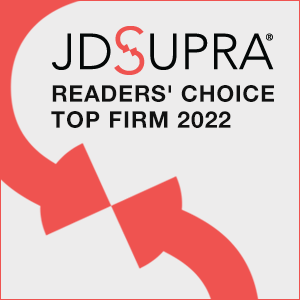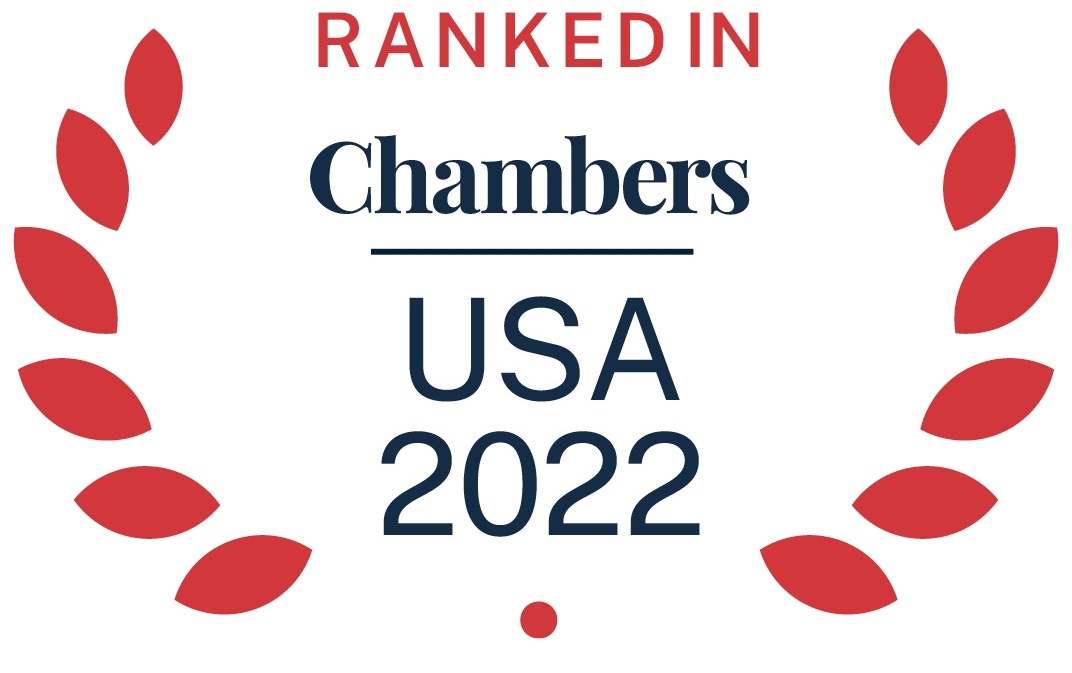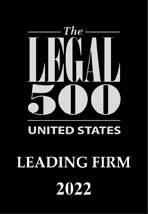The US Court Appeals for the Federal Circuit found that despite a Patent Trial & Appeal Board determination that certain challenged patent claims were unpatentable based on a preponderance of the evidence standard, the patent owner is not collaterally estopped from asserting other, unreviewed claims of that patent in district court litigation. Kroy IP Holdings, LLC v. Groupon, Inc., Case No. 23-1359 (Fed. Cir. Feb. 10, 2025) (Prost, Reyna, Taranto JJ.)
Kroy sued Groupon for patent infringement. In response, Groupon filed two inter partes review (IPR) petitions challenging 21 claims of the patent at issue. After Groupon’s IPR deadline passed, Kroy amended its complaint to add additional claims from the challenged patent. The Board found all 21 challenged claims unpatentable. Kroy amended its complaint again, this time removing the 21 unpatentable claims and including only claims that were not at issue in the IPR proceedings.
In response, Groupon moved to dismiss the complaint, arguing that the Board’s prior IPR rulings on the unpatentable claims collaterally estopped Kroy from asserting the new claims. The district court agreed, finding that if the Board issues final judgment that a patent claim is unpatentable and another claim is immaterially different, then collateral estoppel applies to that other claim for purposes of invalidity. Applying that standard, the district court determined that the new claims were not materially different from the unpatentable claims in terms of invalidity and granted Groupon’s motion to dismiss with prejudice. Kroy appealed.
Kroy argued that collateral estoppel should not apply because the burden of proof for invalidity in an IPR proceeding (preponderance of the evidence) is lower than in the district court (clear and convincing). The Federal Circuit noted that this case presents a distinct question of collateral estoppel law; that is, whether a prior final written decision of the Board that certain patent claims are unpatentable precludes a patentee from asserting other claims from the same patent, even assuming the asserted claims are immaterially different from the unpatentable claims for purposes of invalidity.
Referring to its recent 2024 decision in ParkerVision v. Qualcomm, the Federal Circuit clarified that collateral estoppel does not apply to new claims that have not yet been adjudicated. The Court explained that Groupon must prove the invalidity of these new claims in the district court by clear and convincing evidence. The Court dismissed Groupon’s reliance on the 2013 Ohio Willow Wood decision, noting that this case addressed whether a prior district court’s invalidity ruling estopped the patentee from asserting claims in the district court that are immaterially different for purposes of invalidity. On the other hand, the Ohio Willow Wood estoppel scenario occurred in district courts involving the same burden of proof. Because the Board determined unpatentability on separate patent claims based on a preponderance of the evidence standard, courts cannot collaterally estop a patentee from asserting other, unadjudicated patent claims in district court litigation.
read more

 Subscribe
Subscribe


